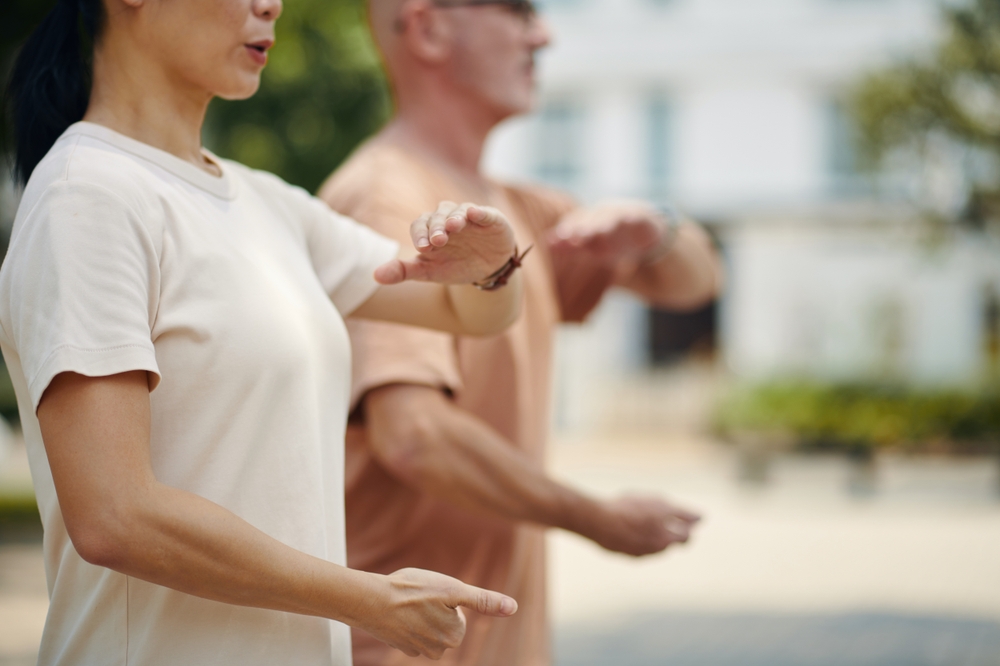Unlocking Potential Through Conscious Physical Practice
Conscious physical practice, often found in disciplines like yoga, offers a pathway to profound self-discovery and holistic enhancement. This approach moves beyond mere physical exercise, integrating mental and emotional elements to foster a deeper connection between the mind and body. Engaging in such practices can lead to significant improvements in various aspects of life, promoting a sense of overall wellbeing and presence.

A conscious physical practice involves intentional movement, focused attention, and a commitment to personal growth. It is an opportunity to explore the capabilities of the body while simultaneously calming the mind. Through consistent engagement, individuals can cultivate greater awareness of their physical sensations, thought patterns, and emotional states, leading to a more integrated and harmonious existence.
Enhancing Flexibility and Balance Through Yoga Practice
Yoga, as a conscious physical practice, places significant emphasis on developing both flexibility and balance. Through a series of carefully designed poses, practitioners gradually increase their range of motion in joints and muscles. This improved flexibility can alleviate stiffness, reduce the risk of injury, and enhance overall physical comfort in daily activities. Simultaneously, many yoga poses challenge an individual’s sense of balance, requiring focus and core engagement to maintain stability. Regular practice refines proprioception, the body’s awareness of its position in space, leading to better coordination and a more stable gait.
Building Strength and Improving Posture
Beyond flexibility, yoga is an effective method for building functional strength. Many postures require holding one’s body weight, engaging various muscle groups, including the often-overlooked deep core muscles. This comprehensive approach to strength training helps to stabilize the spine and joints, contributing to improved posture. A strong core is fundamental for maintaining an upright and aligned posture, which can reduce back pain and enhance overall body mechanics. Consistent practice of specific poses, or asanas, cultivates muscular endurance and power, supporting daily movements and more strenuous physical activities.
Cultivating Mindfulness and Breathwork
At the heart of conscious physical practice lies the cultivation of mindfulness and intentional breathwork. Yoga encourages practitioners to bring their full attention to the present moment, observing sensations, thoughts, and emotions without judgment. This practice of mindfulness, often integrated with meditation techniques, can reduce stress, foster a sense of calm, and enhance mental clarity. Breathwork, or pranayama, is another cornerstone, teaching individuals to control and deepen their breath. Deep, rhythmic breathing techniques activate the parasympathetic nervous system, promoting relaxation and inner peace. This focus on breath acts as an anchor, helping to quiet the mind and improve focus.
Exploring Different Yoga Styles and Their Focus
Various styles of yoga offer different approaches to movement, breath, and mindfulness, catering to diverse needs and preferences. For instance, Hatha yoga often involves holding poses for longer durations, focusing on fundamental alignment and breath. Vinyasa yoga, also known as flow yoga, synchronizes breath with a continuous sequence of movements, emphasizing smooth transitions and dynamic strength. Restorative yoga uses props to support the body in gentle poses, encouraging deep relaxation and release. Iyengar yoga is characterized by its precise alignment and the use of props to assist in achieving correct form, making it suitable for developing detailed awareness of posture. Ashtanga yoga is a more rigorous and structured practice, following a specific sequence of poses that builds heat and stamina. Exploring these different styles can help individuals find a practice that aligns with their personal goals for health, wellness, exercise, and spiritual growth.
Finding the right yoga class involves considering several factors to ensure a beneficial and sustainable practice. Prospective students might look for studios or instructors that offer introductory classes, allowing them to experience different teaching styles and environments. It is often helpful to read reviews or speak with current students to gauge the community and overall atmosphere of a studio. Additionally, understanding the different styles of yoga available can guide an individual toward a practice that best suits their physical condition, experience level, and desired outcomes, whether that focus is on strength, flexibility, meditation, or a combination of these elements. Many local services offer drop-in rates or trial periods, providing an opportunity to try various classes before committing to a regular schedule.
Consistent engagement with a conscious physical practice like yoga can lead to a profound transformation, fostering greater wellbeing, resilience, and a deeper connection to oneself. By integrating movement, breath, and mindfulness, individuals can unlock their potential for physical vitality, mental clarity, and emotional balance, enriching their overall life experience.





